Woolworths part of $13 million investment into seaweed-fed beef trial
It’s one of the top sellers at the supermarket but there’s a big problem – and Woolworths has a plan that could change the product forever.
Supermarket giant Woolworths is part of a $13 million project that could fundamentally change a core grocery staple.
But the key to the success of the project will be if shoppers don’t notice the change at all.
That grocery staple is beef – all kinds of beef, from steaks to mince. No, Woolies isn’t looking to replace beef with a fake meat alternative – although there are any number of non-meat burgers on the shelves these days.
The big change that Woolworths is looking at is what the cattle eat that end up on our dinner tables. It could be that in the future beef cows have a diet that partly consists of seaweed. It’s all about sustainability.
On Thursday evening, the first seaweed-fed steaks were served up by celebrity chef Matt Moran.
There’s nothing fishy about it, insisted Woolies, which has pumped $2.75 million into the FutureFeed initiative.
A spokeswoman for Woolworths told news.com.au we wouldn’t be seeing seaweed-fed beef on shelves immediately but they were excited about the program.
“It’s early days for FutureFeed, but we’ll continue to watch its progress to understand the role it could play in our own supply chain,” she said.
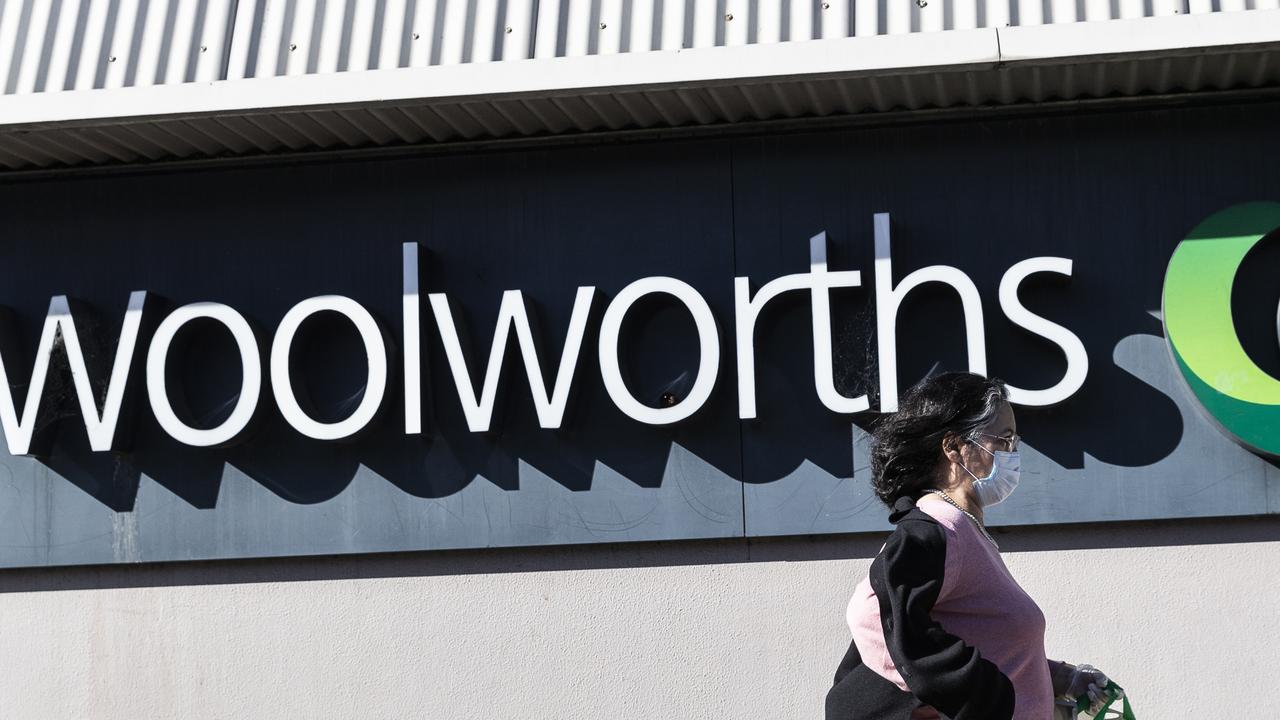
Burping and farting cows a big issue
The big problem when it comes to sustainability and cattle comes when they eat.
Most Australian cattle eat grass, and grass for cattle is liked baked beans for humans – as they digest the food, it makes them burp and fart. A lot.
That burping and farting produces methane which is a greenhouse gas. About two thirds of the emissions produced in the agricultural industry, and about 10 per cent of Australia’s entire emissions, are from methane caused by the gut and tummy rumblings of cattle.
The FutureFeed company, which was established by the CSIRO and now has investment and research backing from Meat and Livestock Australia, GrainCorp and James Cook University among others as well as Woolies, is looking at whether adding just 0.5 per cent of processed seaweed to an animal’s diet can lead to them expelling less greenhouse gases out of various orifices.
And whether the meat that ends up on the shelves is just as tasty.
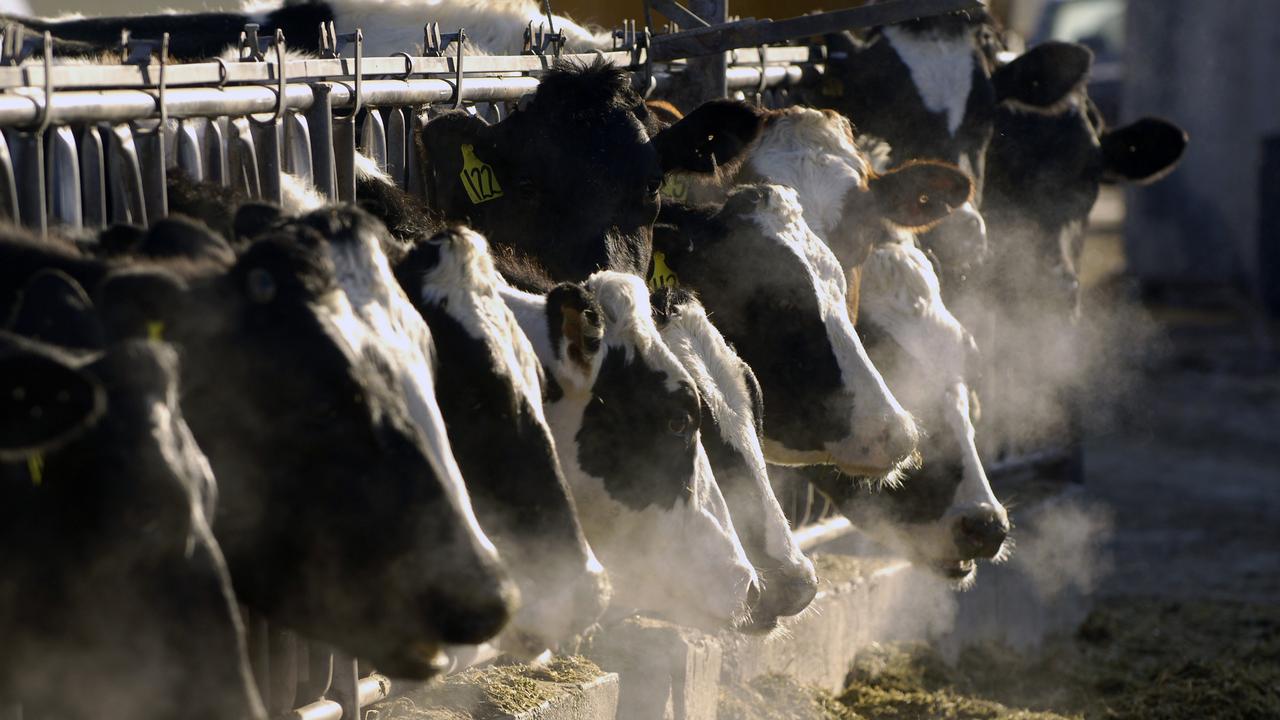
FutureFeed chief executive Dr Regan Crooks said a red seaweed called asparagopsis was being fed to the cattle.
The company claims it prevents the formation of methane by inhibiting an enzyme in the gut of livestock during digestion by up to 80 per cent over traditional feed. That means less gas which means less methane.
“The IPCC reported last week that methane emissions in the atmosphere are at their highest levels in hundreds of thousands of years,” she said.
“It is timely that we are able to provide a solution that has now been proven, in a commercial setting, to significantly reduce methane.
“These steaks represent the launch of the technology for the feedlot market and we are anticipating many more steaks on plates in Australia and around the world that are certified by FutureFeed.”
RELATED: Woolies item that’s better than $50 version
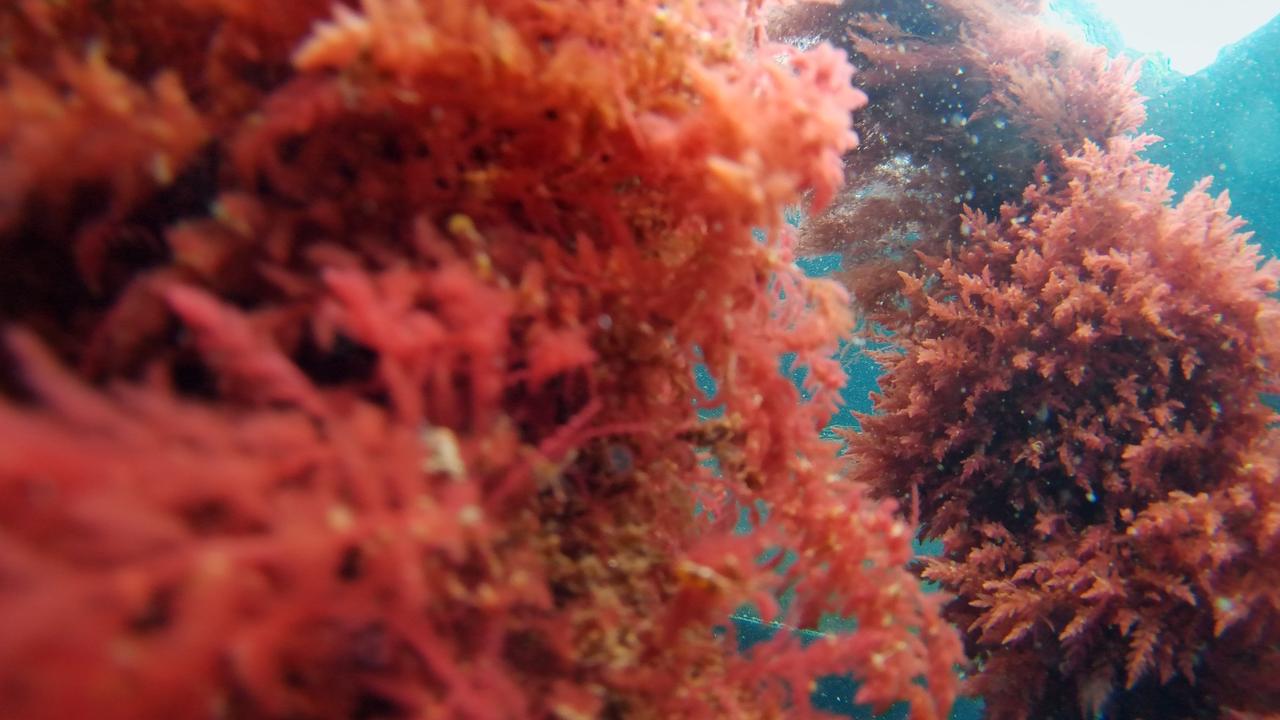
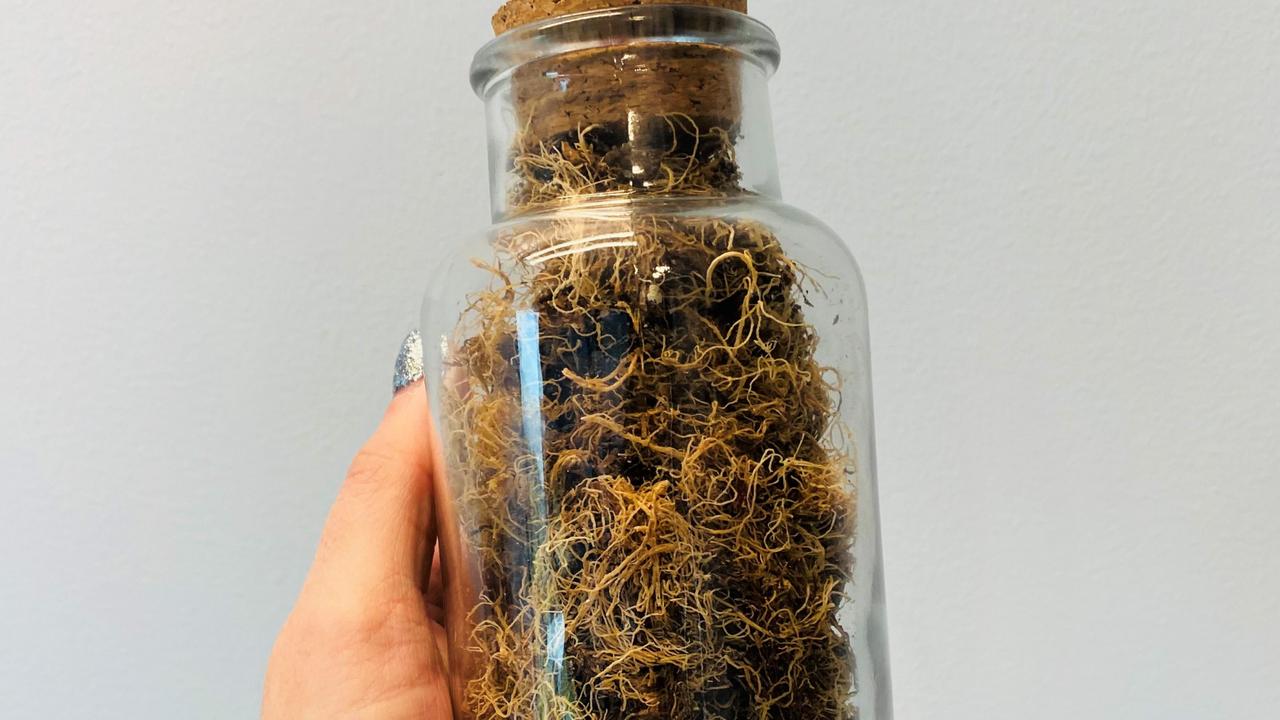
Steaks taste like beef, not seaweed
The red seaweed is found throughout much of the coast of Australia and is either harvested from the sea or grown in special tanks.
Dr Crooks said despite the cattle being fed on a partly seaweed diet, the last thing you should be able to taste is the actual sea in the steaks.
“The steaks don’t have a surf ‘n’ turf flavour, just the taste of the high-quality beef that Australia is known for around the world,” she said.
“As part of this trial, we reaffirmed what we have seen to date and that’s that there are no traces of the seaweed in the meat or edible offal from cattle that have been fed asparagopsis.”
Australia’s greenhouse gas emissions make up about 1 per cent of global total emissions but per capita the nation is the world’s 12th largest emitter, ahead of the US.
Electricity generation makes up a third of Australia’s emissions with agriculture on about 13 per cent.
Globally there is a general aim to massively lower the production of greenhouse gases with targets to reach net zero emissions.
But Australia, unlike many countries, does not have a concrete net zero goal. The government is under increasing pressure to set one prior to a landmark global climate conference to be held in the British city of Glasgow in November.
A landmark new report from the United Nations’ Intergovernmental Panel on Climate Change (IPCC) released last week confirmed Australia had warmed 1.4C with impacts already seen in many regions.
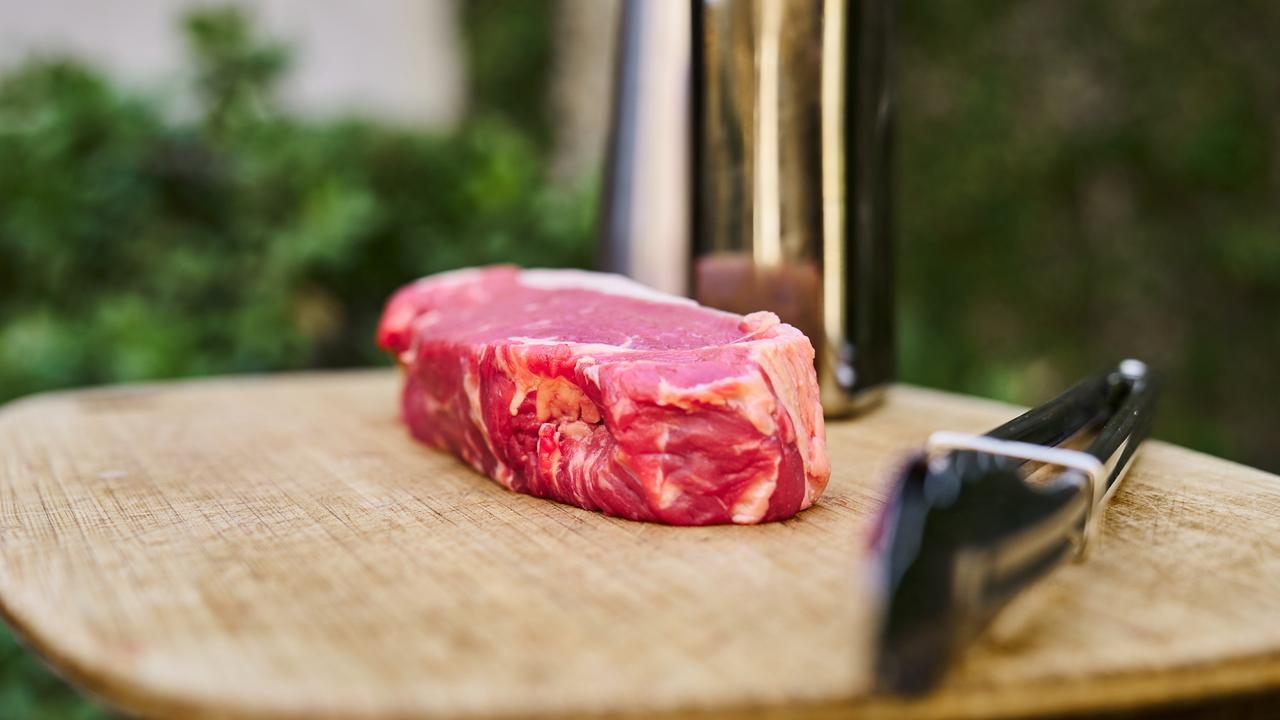
When you can buy seaweed-fed steaks
Don’t rush out to buy steaks from seaweed-fed cattle at Woolies just yet though. The supermarket is remaining tight-lipped about when, and even if, the beef will make it to shelves. It wants to let the project run its course for a time longer.
“We’ve invested in FutureFeed to back innovative research and development that could significantly boost the sustainability of Australia’s cattle industry,” Woolworths’ spokeswoman said.
“Sustainability is a growing priority for our customers and we’re keen to partner with Australian farmers and industry to help reduce emissions, from paddock to plate.”
But FutureFeed has said it’s close to making the steak available for purchase which could be as soon as the end of this year or not long after.
“This would have the first FutureFeed certified steaks on plates in 2022,” a spokesman for FutureFeed said.
Dr Crooks added, “The science proves the safety and efficacy and we now look to the seaweed growers making incredible progress locally and globally for what we anticipate being rapidly increasing supply.”




